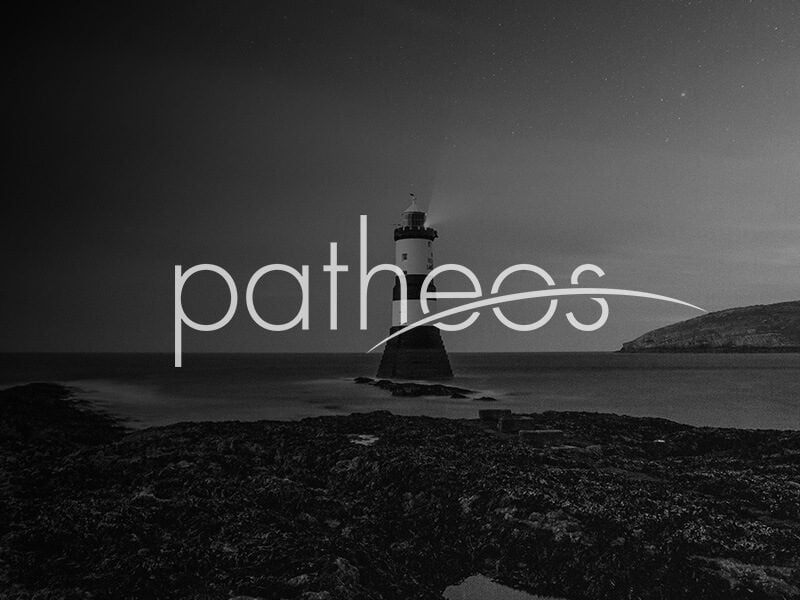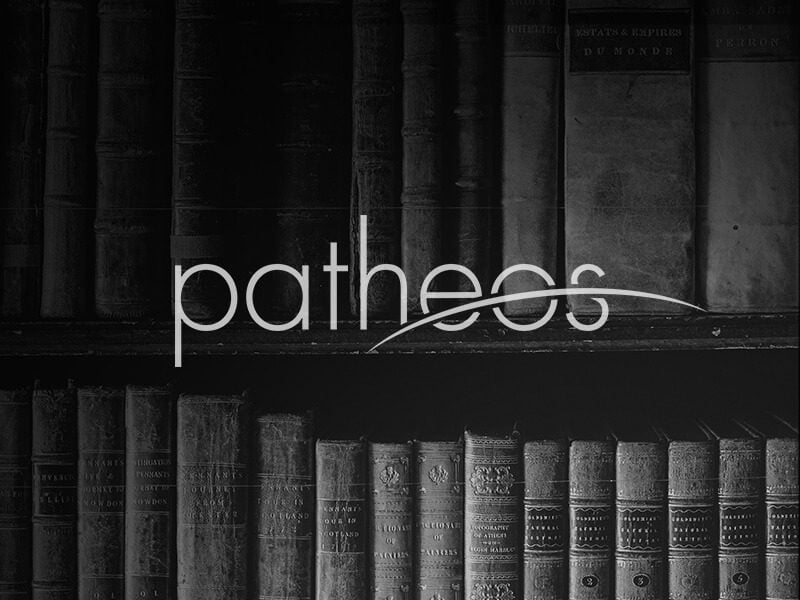I think I understand the impulse for this new fad for wakes reported by the New York Times, in which the dead are posed in a tableaux representing or capturing their life. (Let me make the necessary qualification that a trend or fad the Times reports may not be such.) The Times reports:
The phenomenon first appeared in Puerto Rico in 2008, four years before the first such funeral in New Orleans, with a 24-year-old murder victim whose viewing took place in his family’s living room, the body tethered against a wall. Angel Luis Pantojas’s funeral — called “muerto parao,” dead man standing — became an instant sensation.
Another example, this one from New Orleans, the wake for “a socialite and proficient party hostess” named Mickey Easterling:
“What my mother said to me some years ago was, ‘I want to be at my own funeral having a glass of Champagne in one hand and a cigarette in the other,’ ” said Ms. Easterling’s daughter, Nanci. And so she was, greeting her funeral guests from an elegant bench in the lobby of a historic downtown theater.
The impulse behind it one understands:
“This is not a fun or funny event; the family is going through a lot of pain,” Ms. Rodríguez [vice-president of the funeral home at which this practice started] said. With these kinds of arrangements, “the family literally suffers less, because they see their loved one in a way that would have made them happy — they see them in a way in which they still look alive.”
People deal with grief in all sorts of ways, but I would feel as if I were treating the dead like a manikin in a department store window. It’s the posing that seems the problem but why I can’t say.











